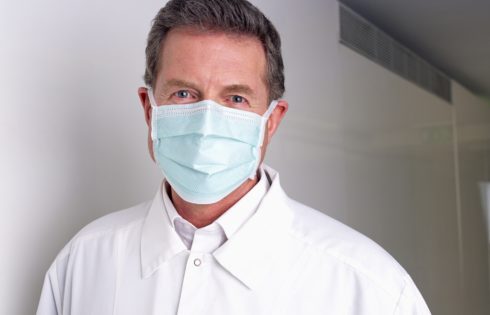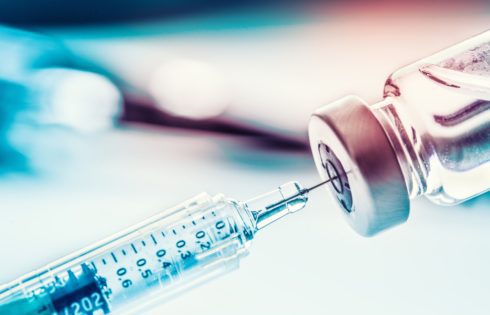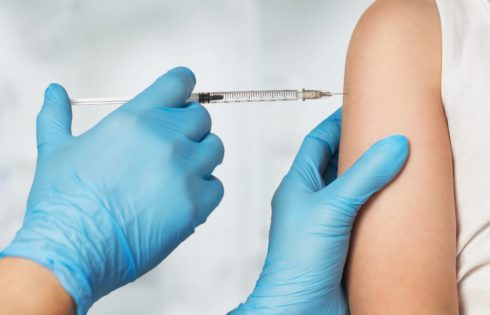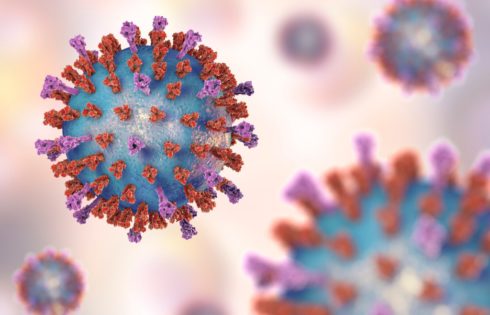
CDC Changes Mask Guidance
The CDC just recommended that vaccinated individuals begin wearing masks again when indoors which is a bit of a reversal from their recommendation made about two months ago. I say

The CDC just recommended that vaccinated individuals begin wearing masks again when indoors which is a bit of a reversal from their recommendation made about two months ago. I say

If you’re thinking about getting vaccinated you might be wondering about the difference between the different types of vaccines. Apart from the logistical differences, the biggest factor most people want

The first coronavirus case in North America was discovered in January 2020 and within a month the first known cases of community spread appeared. By mid-March, all 50 states, the

Coronavirus vaccines have already started to go out in the UK and very soon it’s likely that they will get approved for distribution within the US. The first recipients of

When Joe Biden likely is sworn in as the next president next year, he is expected to ask the public to go 100 days wearing a mask. “The first day

The UK just became the first country in the world to approve the Pfizer/BioNTech coronavirus vaccine. The first doses are already en route to the UK. It is expected that

It’s very possible that in just a couple of weeks we will officially have a coronavirus vaccine authorized for use. And it’s also very possible that within 24 to 48

If you’ve been following the developing vaccines, you know that there has been a lot of positive news released over the last few weeks. And as more data comes out,

President Trump yesterday claimed the coronavirus vaccine deliveries will begin as early as next week. “The whole world is suffering and we are rounding the curve,” Trump said. “And the

We’ve been tracking the vaccine stimulus package for several months and it’s been a steady trend of mostly negative news. For every step taken forward, it seems like five steps
| Cookie | Duration | Description |
|---|---|---|
| cookielawinfo-checkbox-analytics | 11 months | This cookie is set by GDPR Cookie Consent plugin. The cookie is used to store the user consent for the cookies in the category "Analytics". |
| cookielawinfo-checkbox-functional | 11 months | The cookie is set by GDPR cookie consent to record the user consent for the cookies in the category "Functional". |
| cookielawinfo-checkbox-necessary | 11 months | This cookie is set by GDPR Cookie Consent plugin. The cookies is used to store the user consent for the cookies in the category "Necessary". |
| cookielawinfo-checkbox-others | 11 months | This cookie is set by GDPR Cookie Consent plugin. The cookie is used to store the user consent for the cookies in the category "Other. |
| cookielawinfo-checkbox-performance | 11 months | This cookie is set by GDPR Cookie Consent plugin. The cookie is used to store the user consent for the cookies in the category "Performance". |
| viewed_cookie_policy | 11 months | The cookie is set by the GDPR Cookie Consent plugin and is used to store whether or not user has consented to the use of cookies. It does not store any personal data. |
